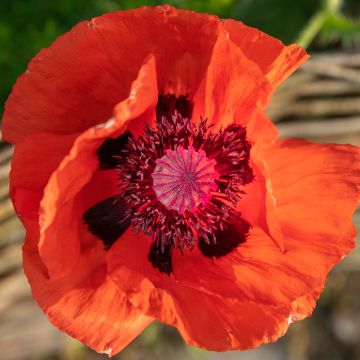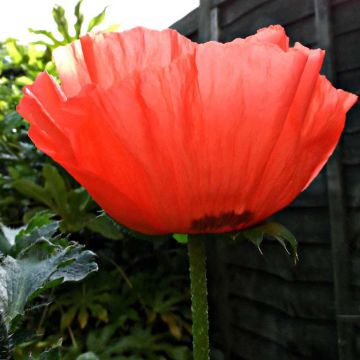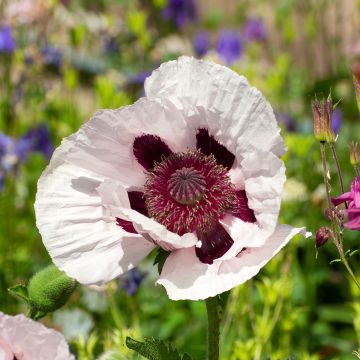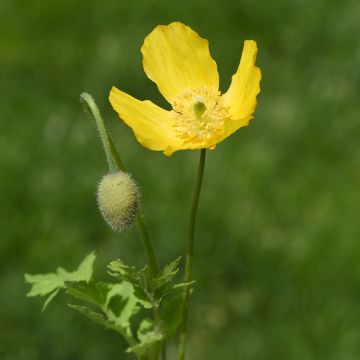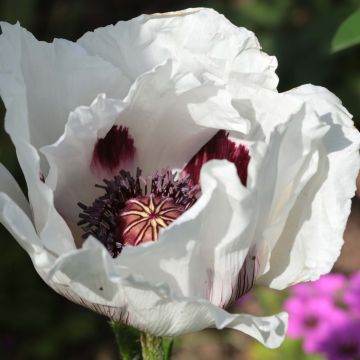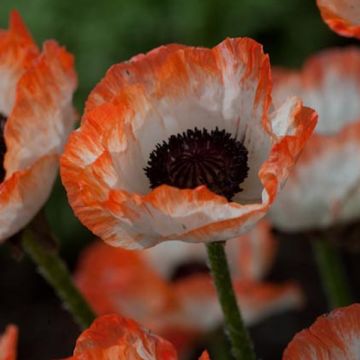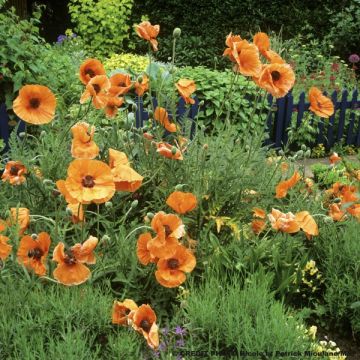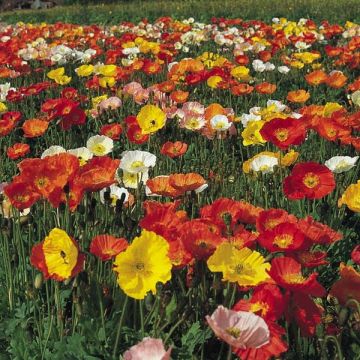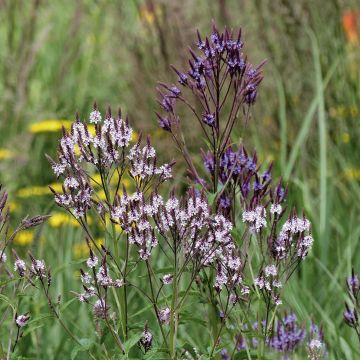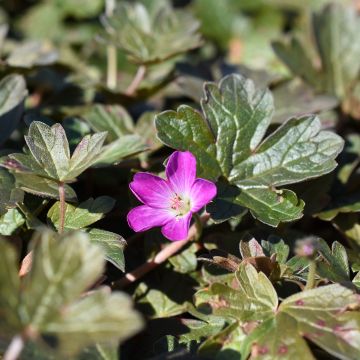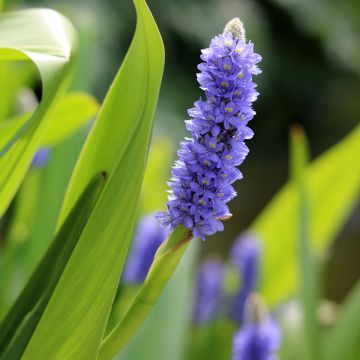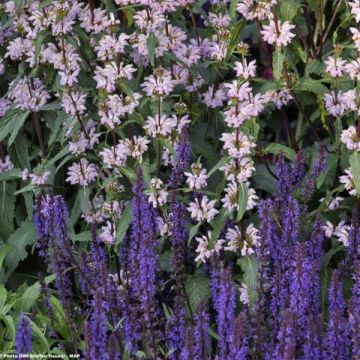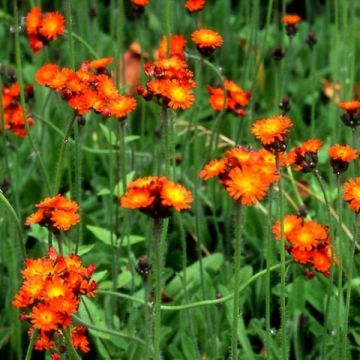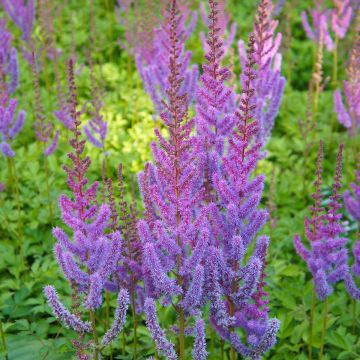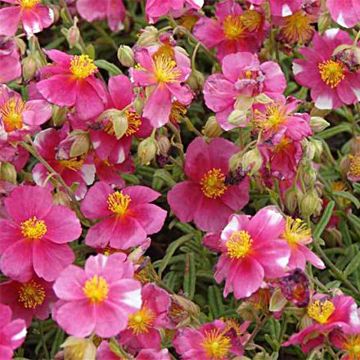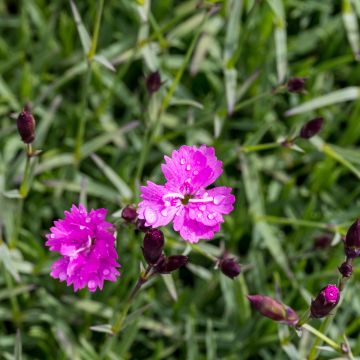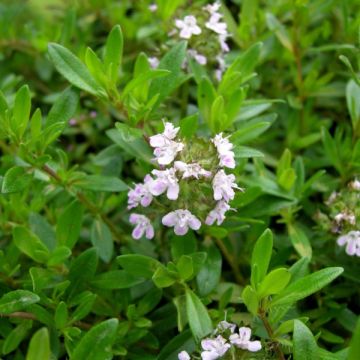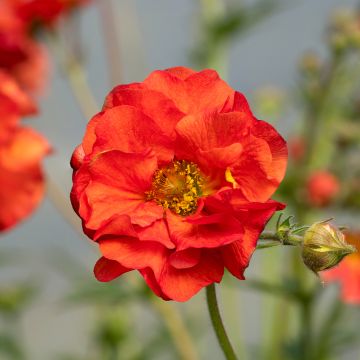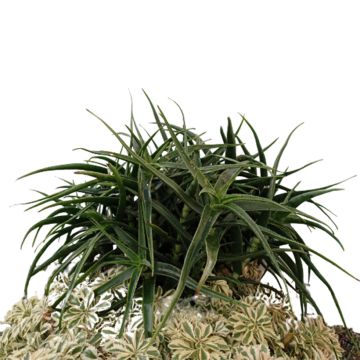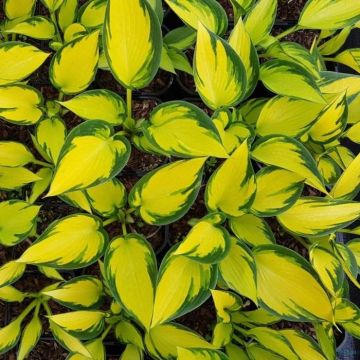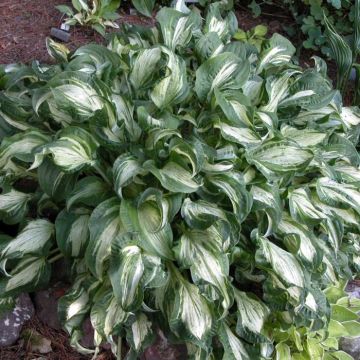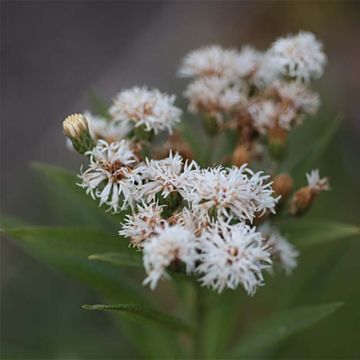Plantfit
Log in / Register
Existing customer?
New customer?
Create an account to track your orders, access our customer service and, if you wish, make the most of our upcoming offers.
My Account
Hello
Shipping country and language
Your country of residence may be:
For a better user experience on our website, you can select:
Your shipping country:
Andorra
Austria
Belgium
Bulgaria
Croatia
Czechia
Denmark
Estonia
Finland
France
Germany
Greece
Hungary
Iceland
Ireland
Italy
Latvia
Lithuania
Luxembourg
Monaco
Netherlands
Poland
Portugal
Romania
Slovakia
Slovenia
Spain
Sweden
Switzerland
Language:
French
English


Papaver orientale Curlilocks - Oriental Poppy


Papaver orientale Curlilocks - Oriental Poppy
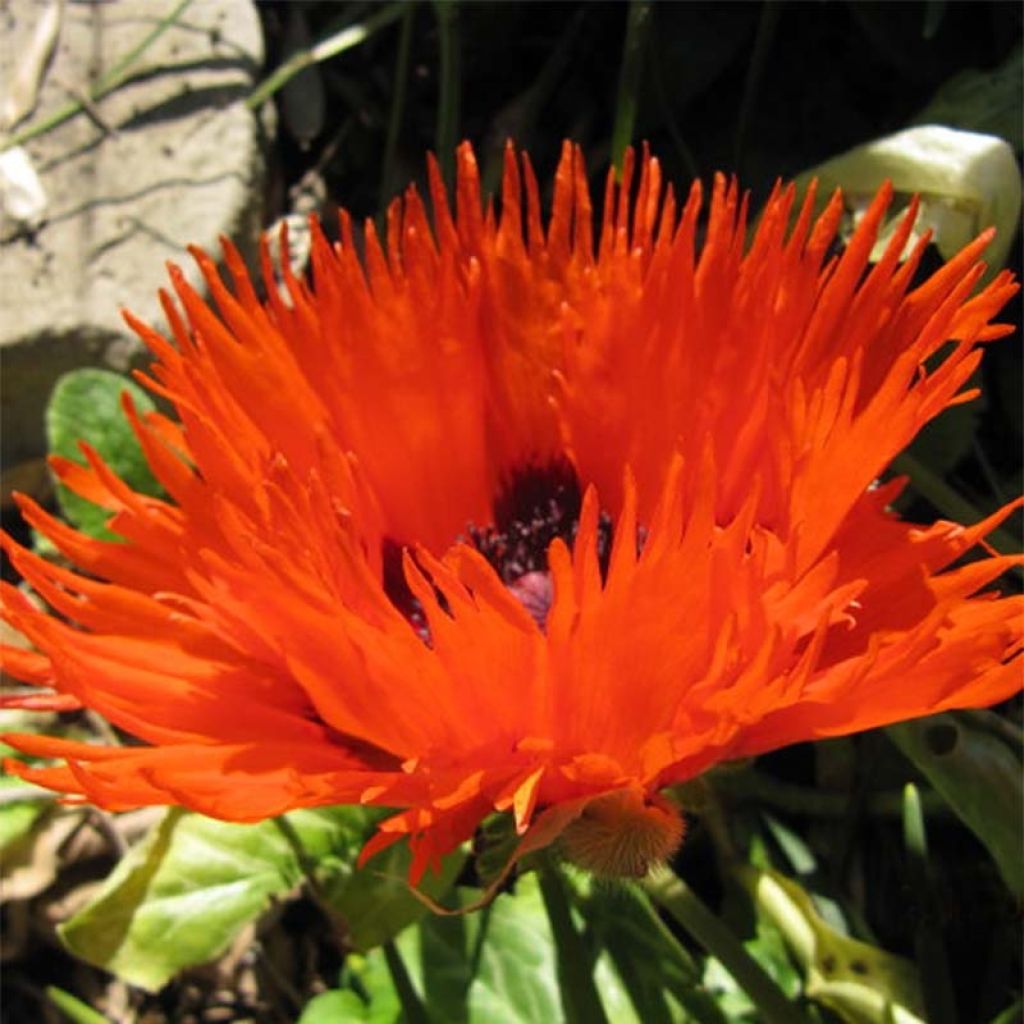

Papaver orientale Curlilocks - Oriental Poppy
Papaver orientale Curlilocks - Oriental Poppy
Papaver orientale Curlilocks
Oriental Poppy
It's scandalous!! When I received my young plants I didn't plant them right away, I kept them at home for a while, but they quickly withered. I took them out of their pots and all that was left was a clump of dried carrot without any roots. It's truly a rip-off for the price I paid, they're actually dead!!
Evelyne, 28/03/2020
Order in the next for dispatch today!
Dispatch by letter from 3,90 €.
Delivery charge from 5,90 € Oversize package delivery charge from 6,90 €.
More information
This item is not available in your country.
Shipping country:
 Andorra
Andorra Austria
Austria Belgium
Belgium Bulgaria
Bulgaria Croatia
Croatia Czechia
Czechia Denmark
Denmark Estonia
Estonia Finland
Finland France
France Germany
Germany Greece
Greece Hungary
Hungary Iceland
Iceland Ireland
Ireland Italy
Italy Latvia
Latvia Lithuania
Lithuania Luxembourg
Luxembourg Monaco
Monaco Netherlands
Netherlands Poland
Poland Portugal
Portugal Romania
Romania Slovakia
Slovakia Slovenia
Slovenia Spain
Spain Sweden
Sweden Switzerland
SwitzerlandSelect delivery date,
and select date in basket
This plant carries a 12 months recovery warranty
More information
We guarantee the quality of our plants for a full growing cycle, and will replace at our expense any plant that fails to recover under normal climatic and planting conditions.
From 5,90 € for pickup delivery and 6,90 € for home delivery
Express home delivery from 8,90 €.
Would this plant suit my garden?
Set up your Plantfit profile →
Description
Papaver orientale 'Curlilocks' is a brand new variety of Oriental Poppy that is still relatively uncommon in France. Its enormous red-orange silky corollas with black-spotted throats, intensely fringed, are as original as they are spectacular. They bloom in late spring or early summer, carried on tall stems, dominating with their splendor a feathery foliage of luxuriant and somewhat disordered fern in the flower beds. A common inhabitant of well-tended gardens, Oriental poppy is a hardy perennial and very easy to grow in all good deep soils, in the sun.
Papaver orientale is a herbaceous perennial of the Papaveraceae family, native to Asia. The 'Curlilocks' cultivar (sometimes spelled Curly Locks) is a robust and very recent cultivar derived from this species. The plant has sturdy floral stems about 70 cm (28in) tall. It forms a bushy clump reaching 40 cm (16in) in height (for the foliage) and 60 cm (24in) wide. Flowering begins in June and continues into July, usually halted by heat and drought. Each floral stem carries at its tip a single pendulous bud that turns towards the sky, giving birth to a very large flower, about 15 cm (6in) in diameter, with petals finely cut into strips, almost to the center. The petals are red-orange and maculated with black at the heart of the corolla. The flower remains open for a few hours before dropping its petals. Established plants produce several floral stems, ensuring the renewal of flowers for about 3 weeks. After flowering, the foliage tends to disappear, leaving room in autumn for a small basal rosette, which is indicative of adaptation to high temperatures and summer drought. This plant has large rough, deeply cut and villous leaves, dark green in color. The fleshy and deep roots of this Oriental poppy do not tolerate transplantation well, especially in mature plants. In dry climates, the plant completely disappears from the surface of the soil in summer.
Oriental poppies, with their giant poppy-like flowers, are equally at ease in sophisticated flower beds as in cottage gardens or country-style compositions. Combine them with wormwoods, lavenders, asters, tall daisies, thistles, and nepetas with simple and naive blooms. They also beautifully accompany autumn stonecrops whose foliage develops during the summer, Damask roses, and cosmos for a summery atmosphere with soft colors. In any case, accompany them with perennials as they will fill the space left empty after flowering. The fruits of poppies, often decorative, sometimes find their way into dried bouquets.
Papaver orientale Curlilocks - Oriental Poppy in pictures
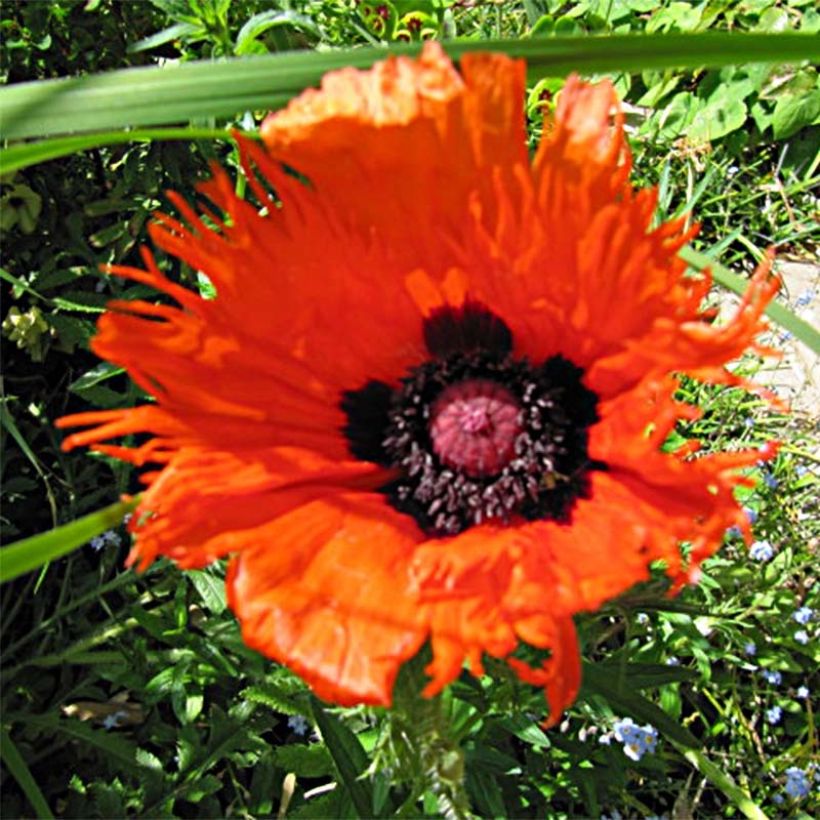

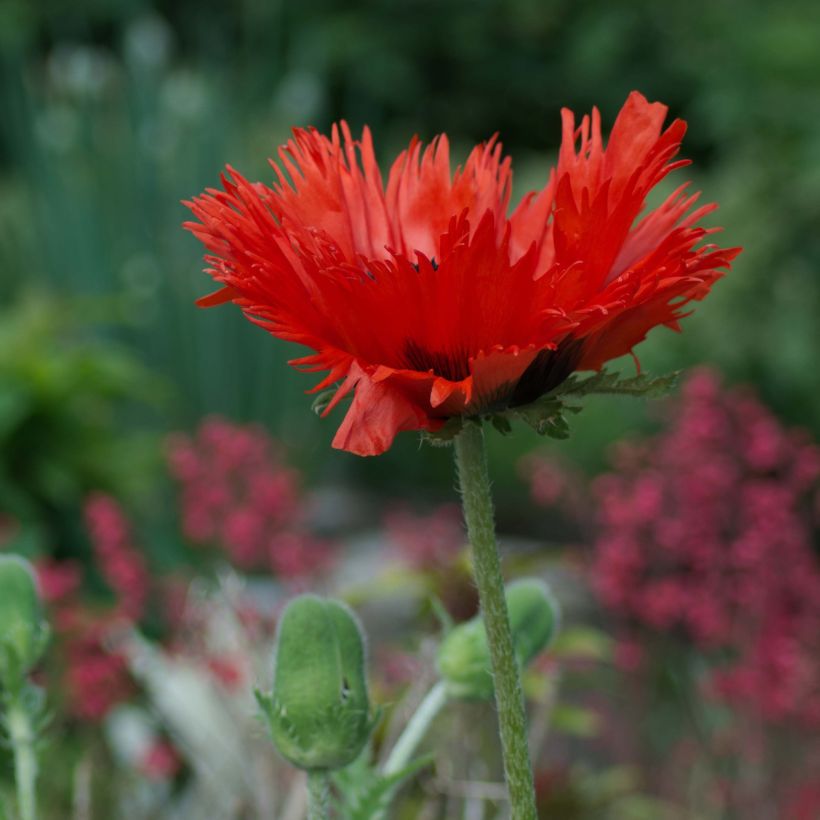

Flowering
Foliage
Plant habit
Botanical data
Papaver
orientale
Curlilocks
Papaveraceae
Oriental Poppy
Cultivar or hybrid
Planting and care
Planting period
Intended location
Care
- , onOrder confirmed
Reply from on Promesse de fleurs
Summer flowering perennials
Haven't found what you were looking for?
Hardiness is the lowest winter temperature a plant can endure without suffering serious damage or even dying. However, hardiness is affected by location (a sheltered area, such as a patio), protection (winter cover) and soil type (hardiness is improved by well-drained soil).

Photo Sharing Terms & Conditions
In order to encourage gardeners to interact and share their experiences, Promesse de fleurs offers various media enabling content to be uploaded onto its Site - in particular via the ‘Photo sharing’ module.
The User agrees to refrain from:
- Posting any content that is illegal, prejudicial, insulting, racist, inciteful to hatred, revisionist, contrary to public decency, that infringes on privacy or on the privacy rights of third parties, in particular the publicity rights of persons and goods, intellectual property rights, or the right to privacy.
- Submitting content on behalf of a third party;
- Impersonate the identity of a third party and/or publish any personal information about a third party;
In general, the User undertakes to refrain from any unethical behaviour.
All Content (in particular text, comments, files, images, photos, videos, creative works, etc.), which may be subject to property or intellectual property rights, image or other private rights, shall remain the property of the User, subject to the limited rights granted by the terms of the licence granted by Promesse de fleurs as stated below. Users are at liberty to publish or not to publish such Content on the Site, notably via the ‘Photo Sharing’ facility, and accept that this Content shall be made public and freely accessible, notably on the Internet.
Users further acknowledge, undertake to have ,and guarantee that they hold all necessary rights and permissions to publish such material on the Site, in particular with regard to the legislation in force pertaining to any privacy, property, intellectual property, image, or contractual rights, or rights of any other nature. By publishing such Content on the Site, Users acknowledge accepting full liability as publishers of the Content within the meaning of the law, and grant Promesse de fleurs, free of charge, an inclusive, worldwide licence for the said Content for the entire duration of its publication, including all reproduction, representation, up/downloading, displaying, performing, transmission, and storage rights.
Users also grant permission for their name to be linked to the Content and accept that this link may not always be made available.
By engaging in posting material, Users consent to their Content becoming automatically accessible on the Internet, in particular on other sites and/or blogs and/or web pages of the Promesse de fleurs site, including in particular social pages and the Promesse de fleurs catalogue.
Users may secure the removal of entrusted content free of charge by issuing a simple request via our contact form.
The flowering period indicated on our website applies to countries and regions located in USDA zone 8 (France, the United Kingdom, Ireland, the Netherlands, etc.)
It will vary according to where you live:
- In zones 9 to 10 (Italy, Spain, Greece, etc.), flowering will occur about 2 to 4 weeks earlier.
- In zones 6 to 7 (Germany, Poland, Slovenia, and lower mountainous regions), flowering will be delayed by 2 to 3 weeks.
- In zone 5 (Central Europe, Scandinavia), blooming will be delayed by 3 to 5 weeks.
In temperate climates, pruning of spring-flowering shrubs (forsythia, spireas, etc.) should be done just after flowering.
Pruning of summer-flowering shrubs (Indian Lilac, Perovskia, etc.) can be done in winter or spring.
In cold regions as well as with frost-sensitive plants, avoid pruning too early when severe frosts may still occur.
The planting period indicated on our website applies to countries and regions located in USDA zone 8 (France, United Kingdom, Ireland, Netherlands).
It will vary according to where you live:
- In Mediterranean zones (Marseille, Madrid, Milan, etc.), autumn and winter are the best planting periods.
- In continental zones (Strasbourg, Munich, Vienna, etc.), delay planting by 2 to 3 weeks in spring and bring it forward by 2 to 4 weeks in autumn.
- In mountainous regions (the Alps, Pyrenees, Carpathians, etc.), it is best to plant in late spring (May-June) or late summer (August-September).
The harvesting period indicated on our website applies to countries and regions in USDA zone 8 (France, England, Ireland, the Netherlands).
In colder areas (Scandinavia, Poland, Austria...) fruit and vegetable harvests are likely to be delayed by 3-4 weeks.
In warmer areas (Italy, Spain, Greece, etc.), harvesting will probably take place earlier, depending on weather conditions.
The sowing periods indicated on our website apply to countries and regions within USDA Zone 8 (France, UK, Ireland, Netherlands).
In colder areas (Scandinavia, Poland, Austria...), delay any outdoor sowing by 3-4 weeks, or sow under glass.
In warmer climes (Italy, Spain, Greece, etc.), bring outdoor sowing forward by a few weeks.

